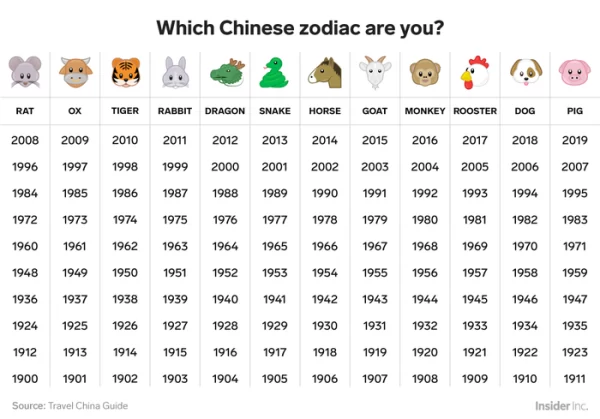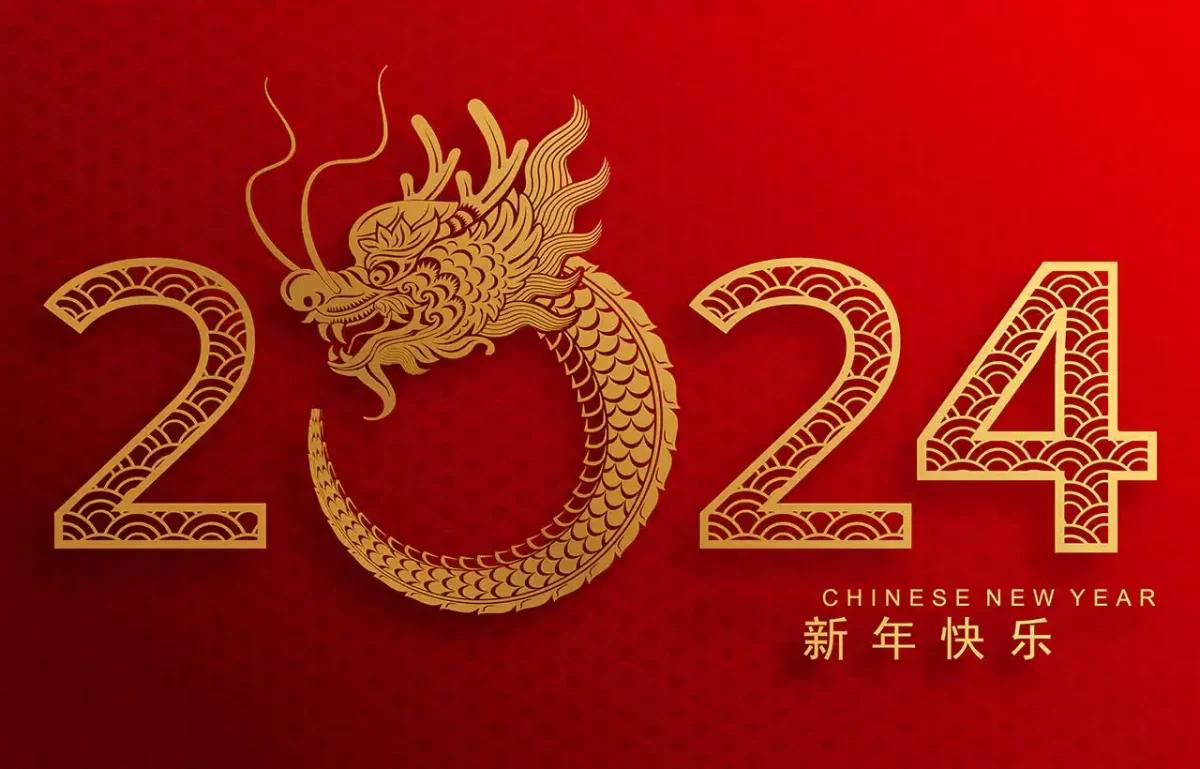The New Years we all are aware of involves the transition from one year to another. New Years Eve is on the last day before January, and we all celebrate all sorts of traditions on the first day of January. The world uses the famous Gregorian Calendar, but this holiday, Lunar New Years, revolves around using the Lunisolar Calendar to celebrate. There are a lot of components to this unique holiday, but that’s precisely why this article is here: to spread the word of this beautiful and unique celebration.
Lunar New Years, also called the Spring Festival, has been around for well over 3,000 years, and it’s most known for one of the most important events for Chinese and other asian countries such as Vietnam, Korea, Malaysia, and Singapore. Lunar New Years simply marks the beginning of the lunisolar calendar, and it’s called the lunisolar calendar due to how months are determined through the sun and moon formations. The exact date of the celebration varies around January 21 and February 20 as they are between the winter solstice and spring equinox. This year, it lands on Saturday, February 10th.
During the celebration, families and friends gather around to relish all sorts of foods, games, and other activities that’s supposed to bring in luck and prosperity for the ongoing year. Specifically, however, the food on the table always has a meaning. For example, the noodles one eats are supposed to grant longevity in life due to its length. Additionally, eating plenty of dumplings is said to bring wealth and abundance as dumplings almost imitate the shape of the Chinese “sycee,” which are golden ingots used during the Qing dynasty of China until its fall in the 20th century.
The festivities don’t just end at the dinner table, though. Generally after or before the dinner, relatives gather around and shows appreciation and gratitude with each other by exchanging “red envelopes/pockets” (Hóng Bāo/红包). Inside the envelopes are generally money varying from 50-100$ most commonly. Northern China uses whole numbers more, while southern China prefers using traditional lucky numbers, which either include the number 6 or 8 in them, the more the better. Elders give the younger generation envelopes to wish them a year of good fortunes, while the younger generations give envelopes to the elders to wish them blessings of longevity and gratitude.
The lunisolar calendar also has its own zodiac, and Lunar New Years actually celebrates the transition of one sign/animal to the next. Every year is supposedly a sign’s special year, and one would think that the person would have a lucky year, but it’s actually the opposite. Instead, someone’s special year will actually be more of an obstacle. Allegedly, the spirits will be against your favor, and by withstanding the turmoil the spirits throw at you for that year, your next 11 years until it becomes the year of your sign again should be positive. However, unlike Western zodiacs, the Chinese zodiac is much more complicated than months, as your animal actually depends on your birth year. In sequence, the animals are the Rat (鼠/shu), Ox (牛/niú), Tiger (虎/hu), Rabbit (兔/tù), Dragon (龙/lóng), Snake (蛇/shé), Horse (马/ma), Goat (羊/yang), Monkey (猴/hóu), Rooster (鸡/jī), Dog (狗/gou), and Pig (猪/zhū). Each zodiac has its own set of traits, habits, and of course, compatibility with other signs just like the Western Zodiacs.

The Spring Festival can last up to 10 days after the day of celebration, so this year’s conclusion ends on the 20th of February. However, the festivities haven’t really ended completely. On the 21st, families will begin preparing for the Lantern Festival that will begin on the 24th. On the day of the festival, all sorts of fun yet meaningful events take place such as lion dances (a dance involving two martial artists in a lion costume) that brings good fortune, star/moon gazing, eating rice balls (symbolizes good health and reunion), and of course, lighting lanterns. While there are many variations of these lanterns that plaster the sky, the most popular variation is the Kongming lantern (孔明灯/kong míng dēng).

Finally, the festivals would end alongside the lantern festival. Lunar New Years brings new traditions and fun ways to spice up the usual ways of celebration of the New Years. Finally, what better way to end things other than learning the most important greeting for the Lunar New Years? To greet people traditionally, the words and pronunciation are, “新年快乐 (Xīn nián kuài lè)!” which translates into “Happy New Years!” You may not celebrate this holiday or any of its festivities, and you may never will, but understanding its existence is just as important as any holiday you do celebrate perennially. Xīn nián kuài lè to everyone from all around the globe from the Spring Festival to the end of the Lantern Festival!







